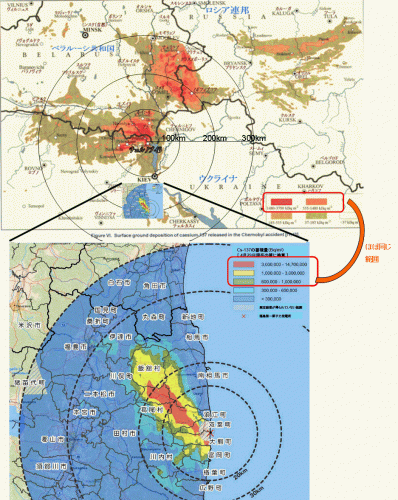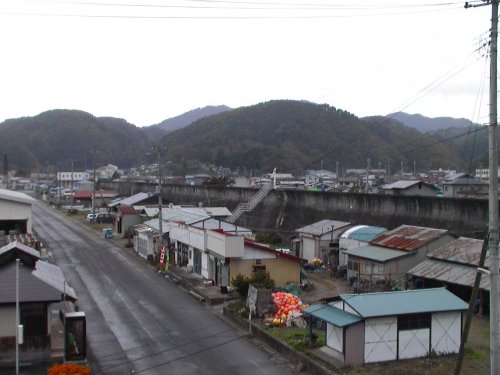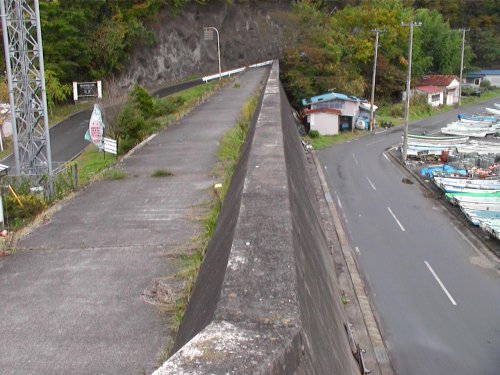Shortage of soil plagues govts / Massive amount of soil needed for various reconstruction works
The Yomiuri Shimbun
Areas devastated by the Great East Japan Earthquake are now facing a new problem of how to secure an enormous amount of soil needed for reconstruction works.
The problem is a major headache, particularly for farmers who had the surface soil of their farmland washed away by the tsunami, as it remains uncertain when they will be able to obtain soil suitable for farming and resume work.
Kazuko Abe, 49, a full-time farmer in Otsuchi, Iwate Prefecture, said with a furrowed brow, "I wonder when I can get soil to start cultivating," looking upon her neglected rice field.
She used to grow rice and buckwheat in her about 1.5-hectare field. However, the tsunami washed away most of the surface soil. Earth and sand from the sea have now accumulated there.
Although some debris was removed, nails and glass pieces still remain in the field. She consulted the town office, saying she would like to cover the damaged field with new soil. However, she was told no soil was available.
Abe disappointedly said: "It's frustrating, as I want to farm. It's hard for me to just wait like this."
In Iwate Prefecture alone, the disaster damaged a total of about 700 hectares of farmland. About 1.57 million cubic meters of soil, equivalent to an amount that could fill the Tokyo Dome 1.3 times, will be necessary to improve the land.
Unfortunately, rocky coastal areas of the Sanriku region contain little soil suitable for farming. In autumn last year, the prefectural government started asking municipalities if they could find soil in their neighborhood to lower transportation costs. But most local governments found it difficult.
An Otsuchi municipal government official said: "Farmers need soil suitable for their farmland, and not just any soil will do. Even if we cut through a mountain, the soil there contains many stones which would take time to remove."
According to the prefectural government, less than one-third of existing farmland is expected to be ready for cultivation in the new fiscal year.
In Miyagi Prefecture, where entire plains were devastated, about 14,000 hectares of farmland was damaged. A total of about 3.5 million cubic meters of soil is projected to be necessary in the two cities of Ishinomaki and Higashi-Matsushima alone.
Given the difficulty of securing such a large amount of soil, an official in charge at the prefectural government said, "We plan to consider another method [of using soil] by removing salt and debris from it."
The situation is similar in Fukushima Prefecture.
"The biggest problem is a lack of soil," a prefectural government official said. But the prefecture is still uncertain of how much it will need as it is currently in the process of measuring levels of radioactive substances in soil.
The Miyagi prefectural government plans to elevate the height of coastal roads in a 140-kilometer-long section as part of its efforts to block tsunami in a "multiple defense." This project is estimated to require about 5 million cubic meters of soil, an amount that could fill the Tokyo Dome four times.
Another 3 million cubic meters of soil is expected to be needed for improving seawalls along the coastline under the prefectural government's jurisdiction. More soil is also expected to be needed to increase the elevation of urban areas.
"Even 10 to 20 million cubic meters of soil would not be enough," a senior prefectural government official said.
Prefectural government officials in charge are becoming increasingly concerned about the situation.
"The amount of soil is far in excess of what municipalities can handle. This shortage of soil could delay restoration," an official said, adding that the prefectural government would consider utilizing recycled materials, such as soil left over from construction projects and concrete refuse.
(Mar. 24, 2012)
(
LINK)





